1. Introduction
Redis is an open source (BSD licensed), in-memory data structure store, used as a database, cache, and message broker.
Translation: Redis is An open source in-memory data structure storage system that can be used as: database, cache and message middleware.
Redis is an open source high-performance key-value database developed in C language. The officially provided data can reach **100000** QPS.
QPS (Queries-per-second), the number of queries per second. (Baidu Encyclopedia)
It stores a rich set of value types and is also called a structured NoSQL database.
NoSQL (Not only SQL), not just SQL, refers to non-relational databases in general.
NoSQL database is not meant to replace relational databases, but to supplement them.
Relational Database (RDBMS)
MySQL
- ##Oracle
- DB2 ##SQL Server
- Non-relational database (NoSQL)
- Redis
- Mongo db
- MemCached
- Redis application scenario
- Cache
- Task Queue
- Message Queue
- Distributed Lock
- 2. Introduction
There are three Java clients officially recommended by Reddis: Jedis, Lettuce, and Redisson.
Spring integrates the Redis client and provides Spring Data Redis.
The Spring Boot project also provides a corresponding Starter, namely spring-boot-starter-data-redis.
Spring Data Redis is used directly here, and the download and installation process of Redis is not shown.
3. Preliminary configuration
3.1. Coordinate import
After creating the Spring Boot project, add
spring-boot-start-data to pom.xml -Dependency coordinates of redis<pre class='brush:php;toolbar:false;'><!--Spring Data Redis-->
<dependency>
<groupId>org.springframework.boot</groupId>
<artifactId>spring-boot-starter-data-redis</artifactId>
</dependency></pre>3.2, Configuration file
Other configurations such as MySQL are ignored here, and only the configuration information of Redis is highlighted
spring:# Redis configurationredis:
3.3, Configuration class
host: localhost
port: 6379
#Decide according to the password you set
password: 123456
# Operate database No. 0, There are 16 databases by default
database: 0
jedis:
pool:
max-active: 8 # Maximum number of connections
max-wait: 1ms #Maximum blocking waiting time of the connection pool
max-idle: 4 # The maximum idle connection in the connection pool
min-idle: 0 # The minimum idle connection in the connection pool
Use Specialized client interface operations to integrate Redis into Spring Boot. The RedisTemplate tool class is used here, which is provided by the SpringBoot framework.
RedisTemplate will serialize key and value when processing them, which will cause some problems.
For example: the input key value is
city, but the key value obtained by redis is \xac]xed\x00\x05t\x00\x04city. Therefore, a special configuration class is needed to specifically deal with the problems caused by RedisTemplate's default serialization processing.
It is worth noting that a new serializer is reloaded to replace the original serializer, which proves that it originally had its own default serializer JdkSerializationRedisSerializer.
/**
* @classname RedisConfig
* @description Redis配置类,更换key的默认序列化器
* @author xBaozi
* @date 19:04 2022/7/2
**/
@Configuration
public class RedisConfig extends CachingConfigurerSupport {
@Bean
public RedisTemplate<Object, Object> redisTemplate(RedisConnectionFactory connectionFactory) {
RedisTemplate<Object, Object> redisTemplate = new RedisTemplate<>();
redisTemplate.setKeySerializer(new StringRedisSerializer());
redisTemplate.setHashKeySerializer(new StringRedisSerializer());
redisTemplate.setConnectionFactory(connectionFactory);
return redisTemplate;
}
}4. Java operation Redis
Since the code is relatively private here (mainly because I am too lazy to sort out the login and verification code generation interfaces), I will directly use the test class for demonstration here. .
Send verification code
@PostMapping("/sendMsg")
public Result<String> sendMsg(@RequestBody User user, HttpSession session) {
// 获取需要发送短信的手机号
String userPhone = user.getPhone();
if (StringUtils.isNotEmpty(userPhone)) {
// 随机生成4位验证码
String checkCode = ValidateCodeUtils.generateValidateCode4String(4);
// 将生成的验证码保存到Redis中并设置有效期五分钟
redisTemplate.opsForValue().set(userPhone, checkCode, 5, TimeUnit.MINUTES);
return Result.success(checkCode);
}
return Result.error("短信发送错误");
}
 Enter verification code to log in
Enter verification code to log in
@PostMapping("/login")
public Result<User> login(@RequestBody Map map, HttpSession session) {
log.info("map: {}", map);
// 获取用户输入信息
String phone = (String)map.get("phone");
String code = (String)map.get("code");
// 从Redis中取出验证码
String checkCode = redisTemplate.opsForValue().get(phone);
// 比对验证码是否一致
if (StringUtils.isNotEmpty(checkCode) && checkCode.equals(code.toLowerCase())) {
// 将用户id存放到session中
session.setAttribute("user", user.getId());
// 登录成功,删除Redis中的验证码
redisTemplate.delete(phone);
// 将用户信息返回到前端
return Result.success(user);
}
return Result.error("登录失败,请检查手机号或验证码是否正确");
}
The above is the detailed content of How SpringBoot integrates Redis cache verification code. For more information, please follow other related articles on the PHP Chinese website!
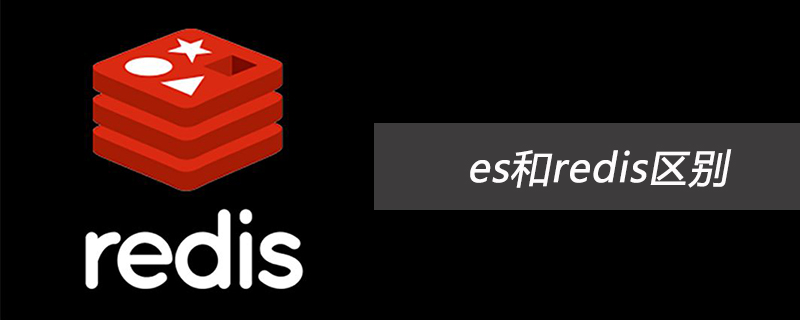 es和redis区别Jul 06, 2019 pm 01:45 PM
es和redis区别Jul 06, 2019 pm 01:45 PMRedis是现在最热门的key-value数据库,Redis的最大特点是key-value存储所带来的简单和高性能;相较于MongoDB和Redis,晚一年发布的ES可能知名度要低一些,ES的特点是搜索,ES是围绕搜索设计的。
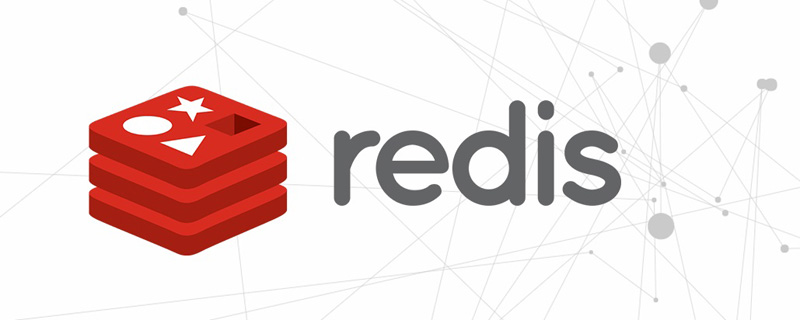 一起来聊聊Redis有什么优势和特点May 16, 2022 pm 06:04 PM
一起来聊聊Redis有什么优势和特点May 16, 2022 pm 06:04 PM本篇文章给大家带来了关于redis的相关知识,其中主要介绍了关于redis的一些优势和特点,Redis 是一个开源的使用ANSI C语言编写、遵守 BSD 协议、支持网络、可基于内存、分布式存储数据库,下面一起来看一下,希望对大家有帮助。
 实例详解Redis Cluster集群收缩主从节点Apr 21, 2022 pm 06:23 PM
实例详解Redis Cluster集群收缩主从节点Apr 21, 2022 pm 06:23 PM本篇文章给大家带来了关于redis的相关知识,其中主要介绍了Redis Cluster集群收缩主从节点的相关问题,包括了Cluster集群收缩概念、将6390主节点从集群中收缩、验证数据迁移过程是否导致数据异常等,希望对大家有帮助。
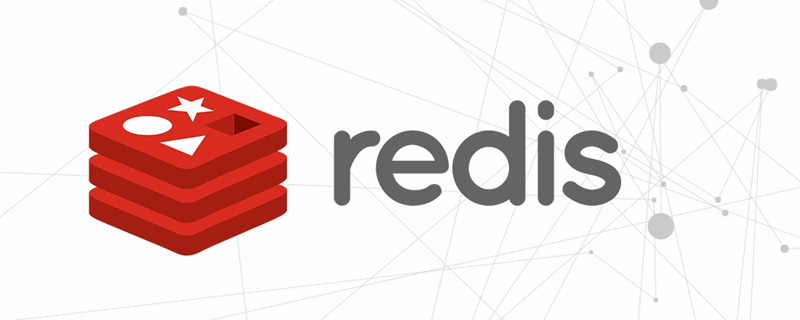 Redis实现排行榜及相同积分按时间排序功能的实现Aug 22, 2022 pm 05:51 PM
Redis实现排行榜及相同积分按时间排序功能的实现Aug 22, 2022 pm 05:51 PM本篇文章给大家带来了关于redis的相关知识,其中主要介绍了Redis实现排行榜及相同积分按时间排序,本文通过实例代码给大家介绍的非常详细,对大家的学习或工作具有一定的参考借鉴价值,希望对大家有帮助。
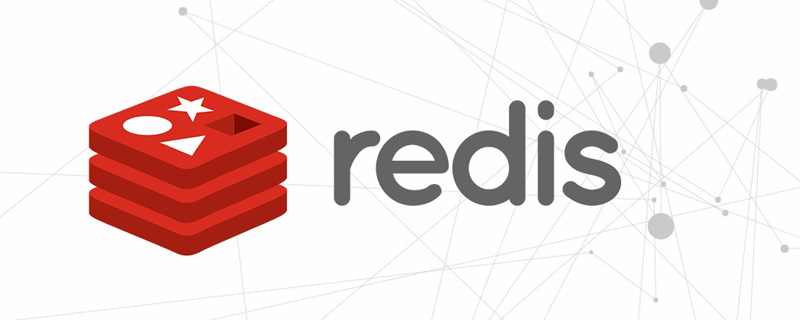 详细解析Redis中命令的原子性Jun 01, 2022 am 11:58 AM
详细解析Redis中命令的原子性Jun 01, 2022 am 11:58 AM本篇文章给大家带来了关于redis的相关知识,其中主要介绍了关于原子操作中命令原子性的相关问题,包括了处理并发的方案、编程模型、多IO线程以及单命令的相关内容,下面一起看一下,希望对大家有帮助。
 一文搞懂redis的bitmapApr 27, 2022 pm 07:48 PM
一文搞懂redis的bitmapApr 27, 2022 pm 07:48 PM本篇文章给大家带来了关于redis的相关知识,其中主要介绍了bitmap问题,Redis 为我们提供了位图这一数据结构,位图数据结构其实并不是一个全新的玩意,我们可以简单的认为就是个数组,只是里面的内容只能为0或1而已,希望对大家有帮助。
 实例详解Redis实现排行榜及相同积分按时间排序功能的实现Aug 26, 2022 pm 02:09 PM
实例详解Redis实现排行榜及相同积分按时间排序功能的实现Aug 26, 2022 pm 02:09 PM本篇文章给大家带来了关于redis的相关知识,其中主要介绍了Redis实现排行榜及相同积分按时间排序,本文通过实例代码给大家介绍的非常详细,下面一起来看一下,希望对大家有帮助。
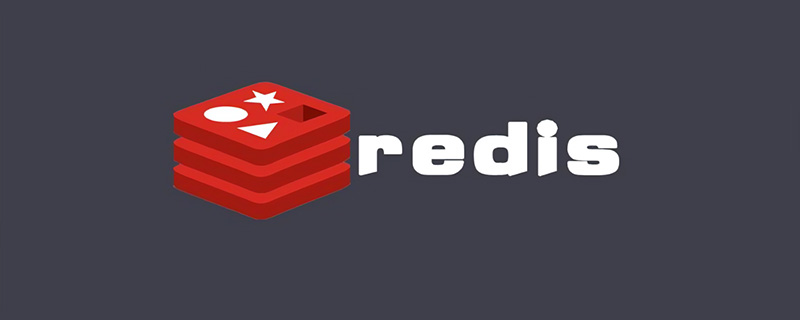 一起聊聊Redis实现秒杀的问题May 27, 2022 am 11:40 AM
一起聊聊Redis实现秒杀的问题May 27, 2022 am 11:40 AM本篇文章给大家带来了关于redis的相关知识,其中主要介绍了关于实现秒杀的相关内容,包括了秒杀逻辑、存在的链接超时、超卖和库存遗留的问题,下面一起来看一下,希望对大家有帮助。


Hot AI Tools

Undresser.AI Undress
AI-powered app for creating realistic nude photos

AI Clothes Remover
Online AI tool for removing clothes from photos.

Undress AI Tool
Undress images for free

Clothoff.io
AI clothes remover

AI Hentai Generator
Generate AI Hentai for free.

Hot Article

Hot Tools

Dreamweaver CS6
Visual web development tools

SecLists
SecLists is the ultimate security tester's companion. It is a collection of various types of lists that are frequently used during security assessments, all in one place. SecLists helps make security testing more efficient and productive by conveniently providing all the lists a security tester might need. List types include usernames, passwords, URLs, fuzzing payloads, sensitive data patterns, web shells, and more. The tester can simply pull this repository onto a new test machine and he will have access to every type of list he needs.

MantisBT
Mantis is an easy-to-deploy web-based defect tracking tool designed to aid in product defect tracking. It requires PHP, MySQL and a web server. Check out our demo and hosting services.

mPDF
mPDF is a PHP library that can generate PDF files from UTF-8 encoded HTML. The original author, Ian Back, wrote mPDF to output PDF files "on the fly" from his website and handle different languages. It is slower than original scripts like HTML2FPDF and produces larger files when using Unicode fonts, but supports CSS styles etc. and has a lot of enhancements. Supports almost all languages, including RTL (Arabic and Hebrew) and CJK (Chinese, Japanese and Korean). Supports nested block-level elements (such as P, DIV),

ZendStudio 13.5.1 Mac
Powerful PHP integrated development environment







